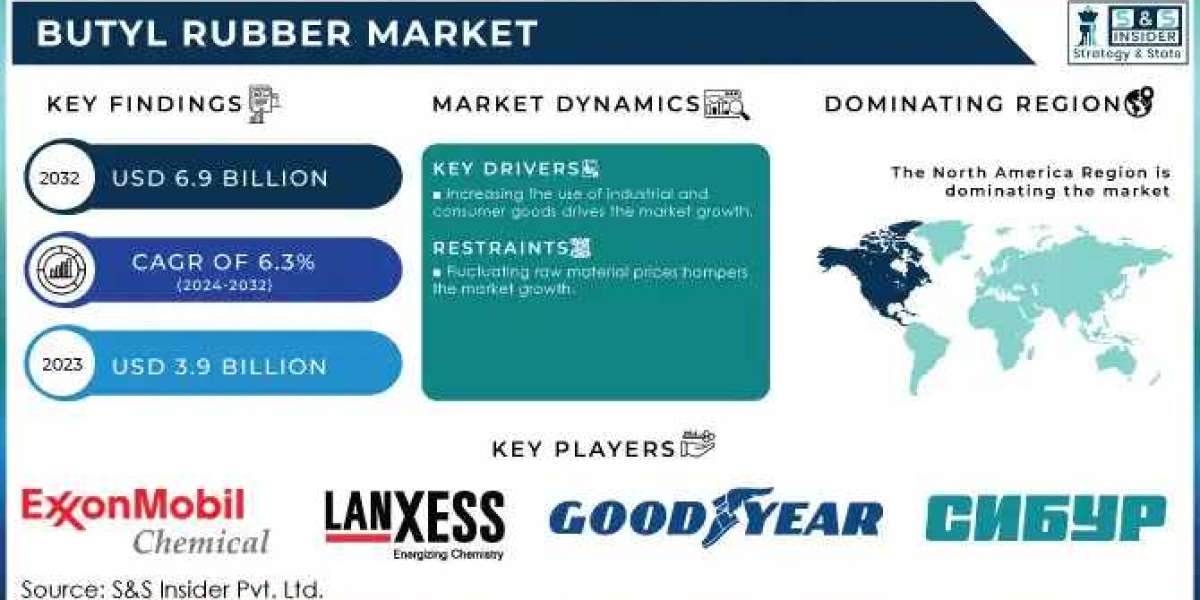The Butyl Rubber Market Size was valued at USD 3.9 Billion in 2023. It is expected to grow to USD 6.9 Billion by 2032 and grow at a CAGR of 6.3% over the forecast period of 2024-2032.
Science and Technology
Impact of Environmental Regulations on the Butyl Rubber Industry

Increasing Demand in Automotive, Healthcare, and Industrial Applications Fuels Growth in the Butyl Rubber Market.